Tennessee is home to a wide range of insects, from harmless pollinators to species that pose real dangers to humans and animals. While many bugs play vital roles in the ecosystem, some carry venom, toxins, or diseases that can seriously affect health.
Among the most concerning are venomous spiders, aggressive stinging insects, and blood-feeding parasites. Their bites and stings may cause severe allergic reactions, infections, or even transmit life-threatening illnesses. Knowing how to identify these bugs can make all the difference in staying safe.
This guide explores 20 dangerous bugs in Tennessee, highlighting their appearance, habitats, venom or toxins, and the risks they bring. With proper awareness and preventive measures, encounters with these harmful insects can be minimized.
Types of Dangerous Bugs Found in Tennessee
Brown Recluse Spider (Loxosceles reclusa)
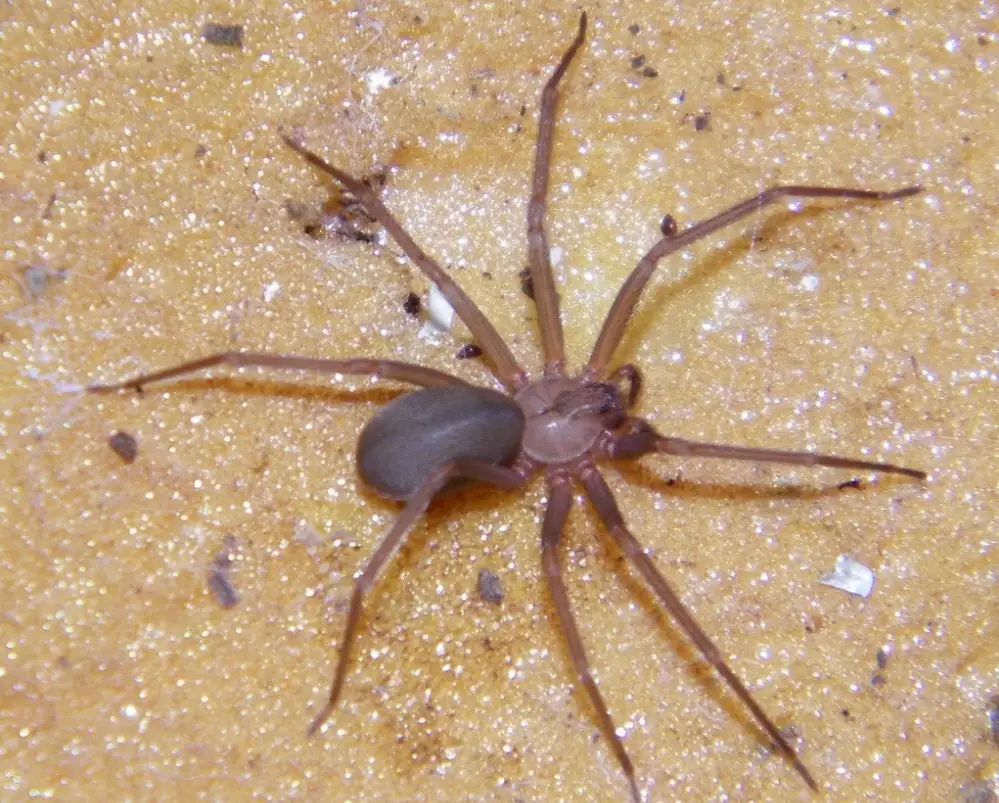
The Brown Recluse Spider is one of the most feared arachnids in Tennessee due to its necrotic venom. Identified by the violin-shaped marking on its back, this spider usually hides in dark, undisturbed areas such as attics, closets, or woodpiles. Its bite is not always felt immediately, but symptoms can become severe within hours.
The venom of the Brown Recluse contains cytotoxins that destroy tissue around the bite. This can result in painful ulcers, necrosis, and slow-healing wounds. In some cases, severe systemic reactions may occur, including fever, chills, and nausea. Although fatalities are extremely rare, untreated bites can leave permanent scars.
Children and individuals with weakened immune systems are more vulnerable to severe reactions. The bite often requires medical attention, especially if the wound grows, becomes infected, or does not heal after a week. Misdiagnosis is common, as bites may resemble staph infections or other skin conditions.
Preventing encounters includes keeping storage areas clean, shaking out clothing before wearing, and sealing cracks around the home. Pest control is often recommended if a household is infested, as a single female can produce hundreds of offspring in a year.
Black Widow Spider (Latrodectus mactans)
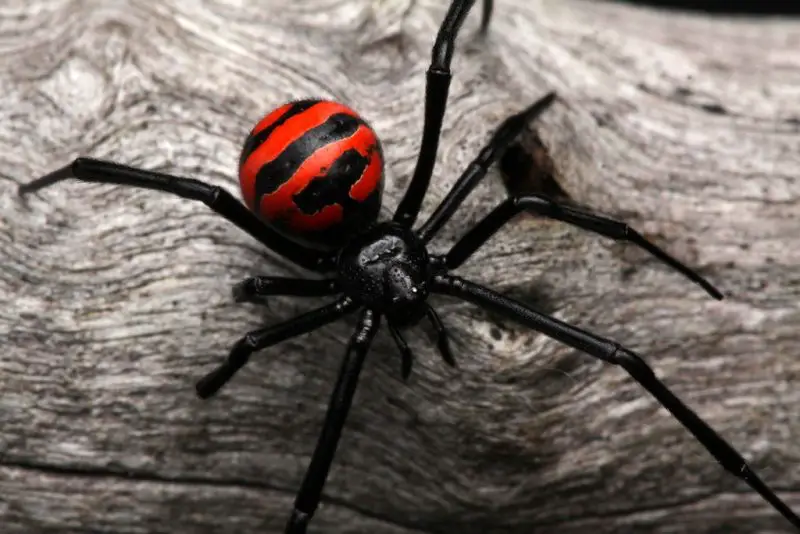
The Black Widow Spider is another venomous arachnid found in Tennessee, recognized by its shiny black body and distinctive red hourglass marking on the underside of its abdomen. Black Widows prefer sheltered areas such as woodpiles, sheds, or underneath outdoor furniture.
Its venom is highly neurotoxic, containing a compound called latrotoxin that attacks the nervous system. A bite from a Black Widow can cause severe muscle cramps, abdominal pain, sweating, tremors, and difficulty breathing. While bites are rarely fatal due to modern treatments, they can be life-threatening for children, the elderly, or individuals with heart problems.
The severity of symptoms often depends on the amount of venom injected and the victim’s health. In many cases, medical treatment involves muscle relaxants, pain medication, and sometimes antivenom in critical cases. Unlike the Brown Recluse, the Black Widow’s bite usually does not cause tissue necrosis but instead results in intense neurological symptoms.
To reduce risk, avoid disturbing webs in dark or sheltered spaces and wear gloves when working outdoors. Professional extermination may be necessary if multiple spiders are found around living areas.
Eastern Yellowjacket (Vespula maculifrons)
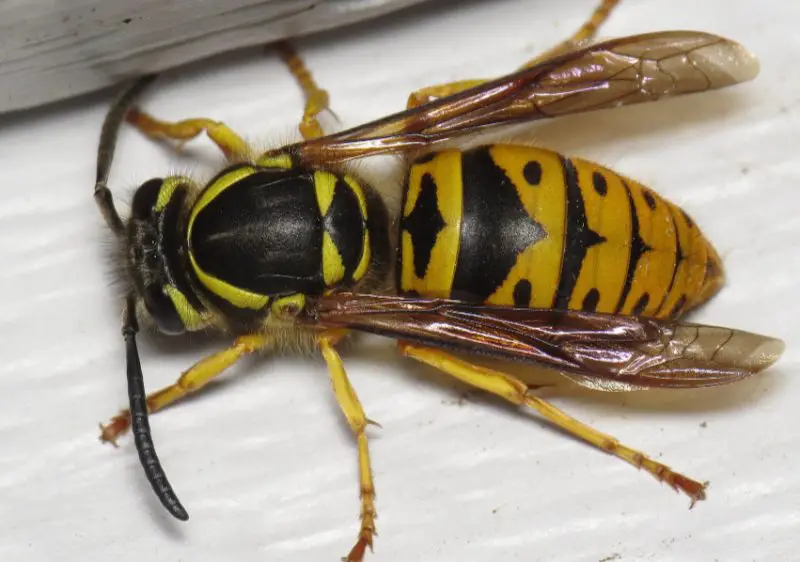
The Eastern Yellowjacket is a highly aggressive wasp species common in Tennessee, often mistaken for bees due to their similar coloration. These insects live in large colonies, sometimes numbering thousands, and build nests underground or in wall voids.
Yellowjackets possess a powerful sting with venom that contains allergenic proteins. Their sting causes immediate burning pain, swelling, and redness. For individuals with allergies, a single sting can trigger life-threatening anaphylaxis, characterized by difficulty breathing, hives, dizziness, and swelling of the throat.
Unlike bees, yellowjackets can sting repeatedly without dying, injecting venom each time. Multiple stings from a swarm can overwhelm even healthy adults, leading to systemic reactions, shock, and in rare cases, death. Their aggressive nature makes them especially dangerous if their nest is disturbed.
To stay safe, people should avoid walking barefoot in grassy areas and keep food sealed when outdoors, as yellowjackets are attracted to sugary drinks and meats. Professional removal is strongly advised if a nest is discovered near human activity.
Bald-Faced Hornet (Dolichovespula maculata)
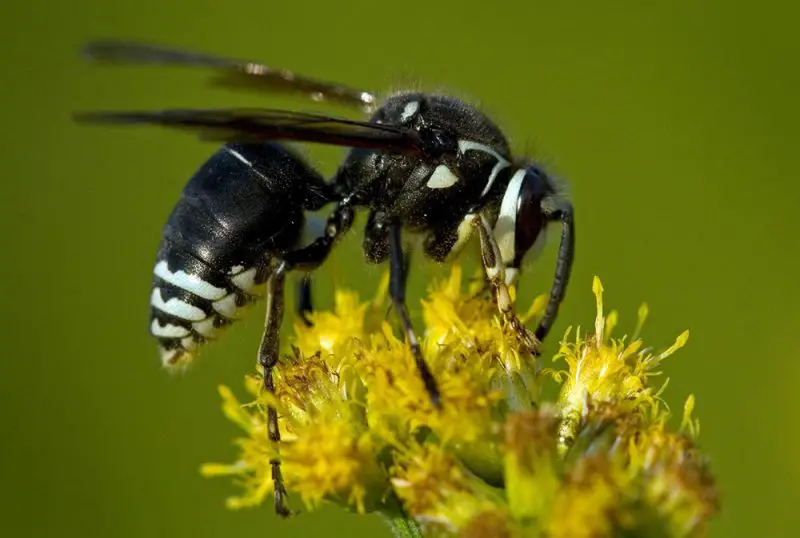
The Bald-Faced Hornet is not a true hornet but a type of large wasp found throughout Tennessee. These insects are black with striking white markings on their face and abdomen, making them easy to identify. Their nests are large, papery structures often seen hanging from trees or buildings.
Their sting is particularly painful, as the venom contains acetylcholine and histamine, compounds that intensify pain and swelling. Bald-Faced Hornets can inject venom multiple times and also spray venom into the eyes of attackers, causing temporary blindness and severe irritation.
Large colonies can be extremely aggressive when threatened, swarming intruders and delivering dozens of stings within seconds. For those allergic to wasp venom, a single sting may result in anaphylaxis, while multiple stings can cause widespread tissue damage, nausea, and difficulty breathing even in non-allergic individuals.
Because their nests can reach the size of a basketball and house hundreds of hornets, professional removal is always recommended. Approaching or attempting to destroy a nest without protection can lead to severe injury.
Paper Wasps (Polistes species)
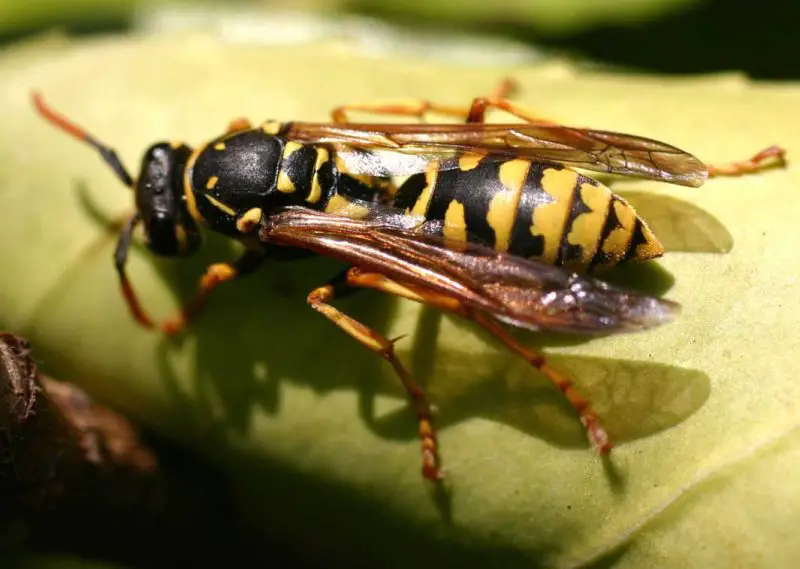
Paper Wasps are another stinging insect commonly encountered in Tennessee. They build umbrella-shaped nests in sheltered areas like eaves, porches, and sheds, often in close proximity to people. While less aggressive than yellowjackets, they will defend their nest fiercely if threatened.
Their sting delivers venom containing kinins and other compounds that trigger pain, burning, and localized swelling. Although less toxic than hornet venom, paper wasp stings can still cause allergic reactions, including anaphylaxis in sensitive individuals. Multiple stings from a disturbed nest can pose serious health risks.
Unlike honeybees, paper wasps retain their stingers, meaning they can sting repeatedly. Children, outdoor workers, and gardeners are at higher risk of accidental encounters due to the wasps’ preference for nesting in human-inhabited areas.
Preventive measures include sealing entry points, checking for nests in spring and summer, and avoiding sudden movements near wasps. If nests are in high-traffic areas, pest control should be contacted to safely remove them.
Red Imported Fire Ant (Solenopsis invicta)
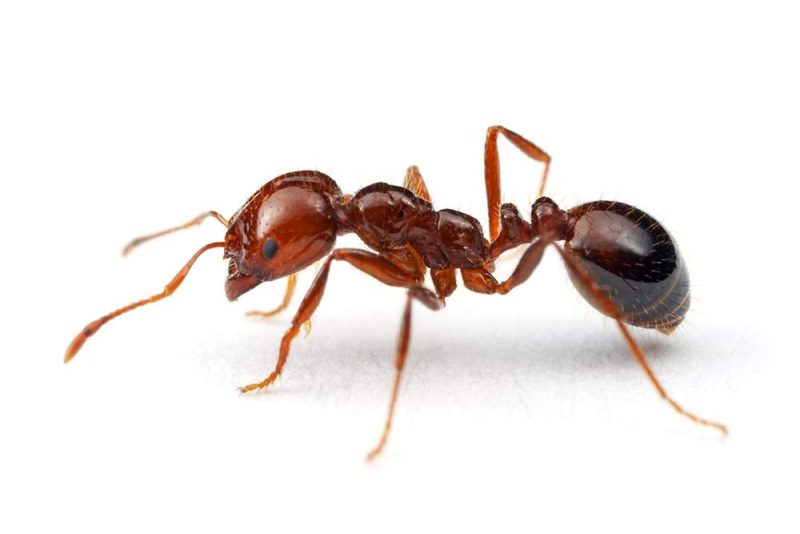
The Red Imported Fire Ant is an invasive species in Tennessee, easily recognized by its reddish-brown color and large mound nests. These ants are highly aggressive and swarm quickly when disturbed, delivering multiple stings in unison. Fire ants thrive in open, sunny areas such as lawns, pastures, and fields.
Their venom contains alkaloid compounds that cause immediate burning pain, itching, and swelling. Stings often result in clusters of small, white pustules that can become infected if scratched. In sensitive individuals, the venom can trigger dangerous allergic reactions, including anaphylaxis, which requires emergency medical care.
Beyond the pain, fire ants pose serious health risks because of their ability to sting repeatedly and in large numbers. Children, pets, and the elderly are particularly vulnerable to fire ant attacks. Cases of shock and death have been reported in severe infestations where victims could not escape.
To reduce risks, avoid disturbing mounds and wear protective clothing when working in infested areas. Professional pest control is often necessary to fully eradicate colonies, as fire ants are extremely resilient and reproduce rapidly.
Deer Tick / Blacklegged Tick (Ixodes scapularis)
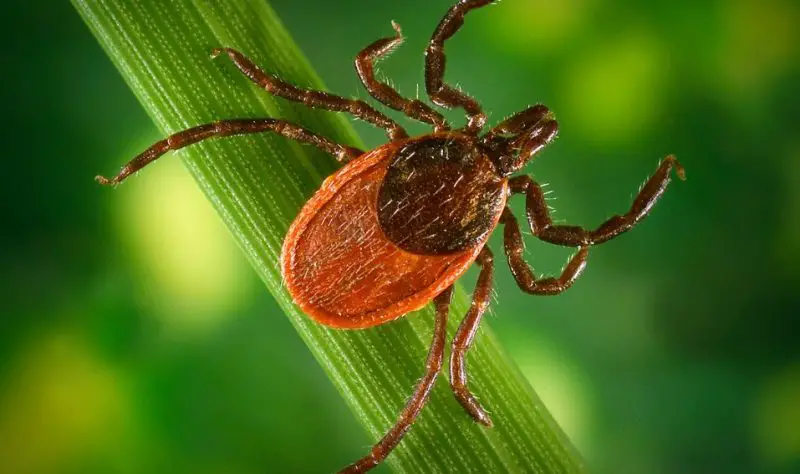
The Deer Tick, also known as the Blacklegged Tick, is one of the most dangerous parasites in Tennessee due to its ability to spread Lyme disease. Small in size, with reddish-brown bodies and black legs, they are often found in grassy, wooded, and shaded areas where deer and rodents roam.
Deer Ticks are not venomous, but their saliva contains compounds that help them remain attached and go unnoticed while feeding. The real danger lies in the pathogens they transmit. Lyme disease is the most concerning, causing fever, fatigue, joint pain, and the characteristic bull’s-eye rash. If untreated, it can progress to neurological problems, arthritis, and even heart complications.
These ticks can also spread other serious illnesses such as babesiosis and anaplasmosis, making them a major public health threat. Nymphs, which are tiny and hard to detect, are responsible for most human infections because they often go unnoticed for days while feeding.
Prevention is key: using repellents containing DEET or permethrin, wearing long clothing, and performing thorough tick checks after outdoor activities. Prompt removal of ticks reduces the risk of disease transmission.
Lone Star Tick (Amblyomma americanum)
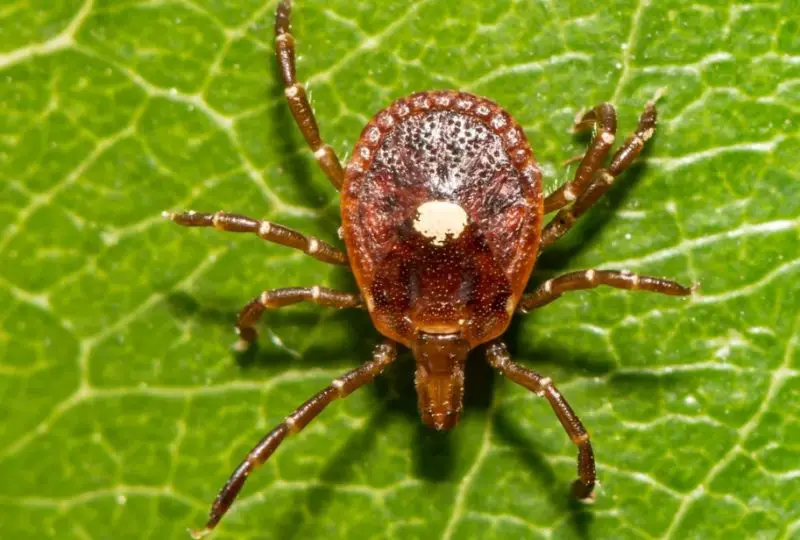
The Lone Star Tick is a widespread species in Tennessee, identified by the distinct white dot on the back of adult females. These ticks inhabit wooded areas, grasslands, and fields, and are very aggressive feeders that readily bite humans, pets, and wildlife.
Unlike the Deer Tick, the Lone Star Tick does not commonly spread Lyme disease, but it transmits several other dangerous illnesses. These include ehrlichiosis, tularemia, and Heartland virus. More recently, it has been linked to alpha-gal syndrome, a condition in which victims develop a severe allergy to red meat after being bitten.
The saliva of Lone Star Ticks contains substances that suppress the immune system, helping them feed unnoticed for hours or even days. This increases the risk of transmitting pathogens. Bites often result in irritation, rashes, and in some cases, intense itching that lasts for weeks.
Protective measures include avoiding tick-infested habitats during peak activity seasons, using repellents, and promptly removing ticks. Public awareness of their connection to meat allergy has grown significantly, making them one of the most concerning ticks in Tennessee.
American Dog Tick (Dermacentor variabilis)
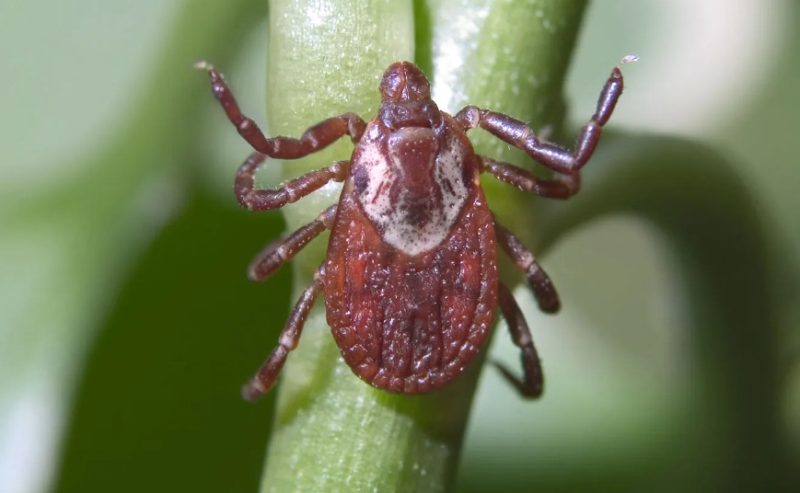
The American Dog Tick is another common tick species in Tennessee, recognized by its brown body with gray or white markings. These ticks prefer grassy fields, trails, and areas frequented by domestic animals such as dogs, making human encounters frequent.
The primary health concern with American Dog Ticks is their ability to transmit Rocky Mountain spotted fever (RMSF), a potentially fatal bacterial disease. Symptoms include fever, rash, headache, and muscle aches. If left untreated, RMSF can lead to organ failure and death within days.
American Dog Ticks can also spread tularemia, another dangerous illness. Their saliva can cause irritation and allergic reactions, especially if they remain attached for long feeding periods. Large infestations in pets can lead to anemia and other health issues.
Since these ticks are more likely to attach to dogs, preventive tick treatments for pets are highly recommended. Humans should also use repellents and check themselves thoroughly after spending time in tick-prone environments.
Wheel Bug (Arilus cristatus)
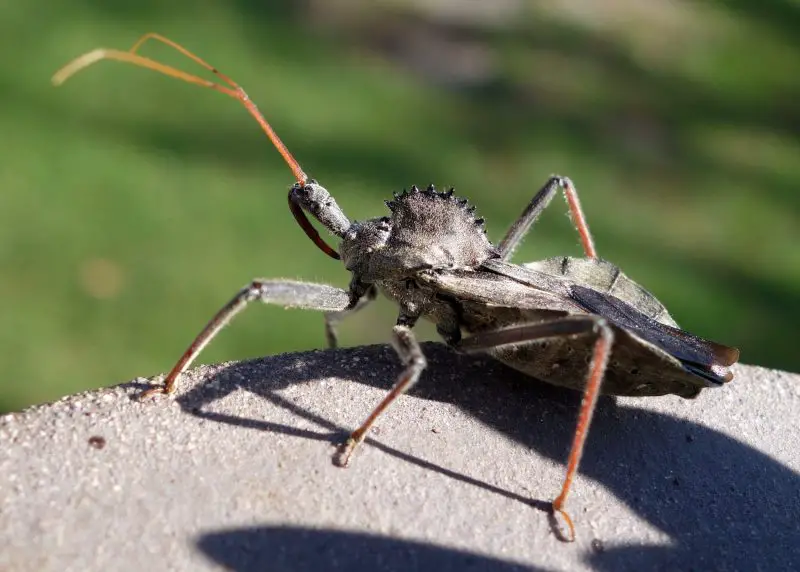
The Wheel Bug is one of the largest assassin bugs in Tennessee, easily identified by the distinctive cogwheel-like crest on its thorax. Although beneficial in controlling garden pests, its powerful bite makes it a dangerous insect to handle.
Wheel Bugs inject venom through a sharp beak, which they normally use to immobilize prey. When humans are bitten, the venom causes intense, burning pain that can last for several hours to days. The wound often swells, becomes red, and may take weeks to fully heal.
While their venom is not lethal, it is cytotoxic and can cause tissue irritation and secondary infections. Some victims report numbness and lingering sensitivity at the bite site for months. Because Wheel Bugs do not transmit diseases, their danger lies primarily in the severity of their painful bite.
Wheel Bugs are not aggressive but will defend themselves if handled or provoked. Observing them from a distance is the best approach, as they are valuable predators that help keep harmful insects under control.
Assassin Bugs / Kissing Bugs (Triatoma species)
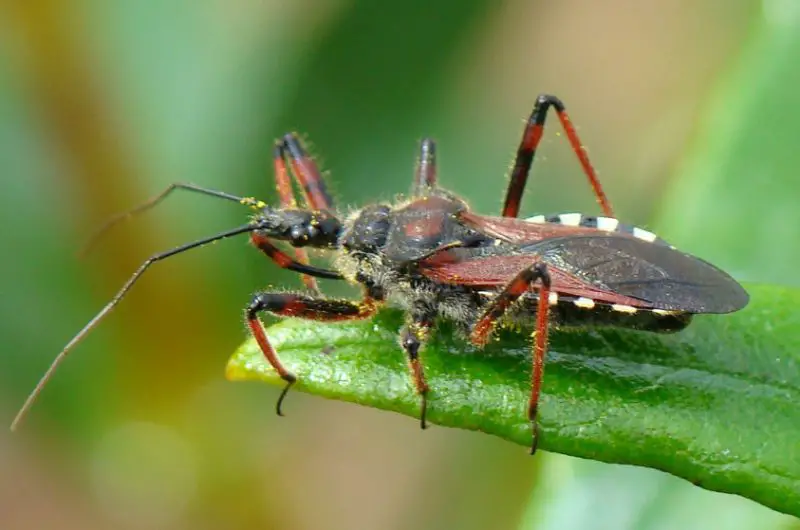
Assassin Bugs, particularly the Kissing Bug species (Triatoma), are present in Tennessee and are considered medically significant because of their ability to transmit Chagas disease. These bugs are nocturnal feeders that often bite humans around the mouth or eyes while they sleep, earning their nickname.
Unlike Wheel Bugs, which are harmless to humans beyond a painful bite, Kissing Bugs can carry the parasite Trypanosoma cruzi. This parasite is shed in their feces, and infection occurs if contaminated material enters the body through a wound or mucous membranes. Chagas disease can cause chronic heart, digestive, and neurological complications if untreated.
The bite itself is not venomous but may cause allergic reactions, swelling, and itching. Some people develop severe hypersensitivity, which can lead to dangerous anaphylactic reactions. The real danger, however, lies in the long-term health consequences of the parasite they transmit.
To reduce risk, households should seal cracks in walls, use protective screens, and avoid sleeping in areas with open windows during summer. While Chagas disease is rare in the U.S., awareness of this insect is growing due to its potential health threat.
Blister Beetles (Epicauta species)
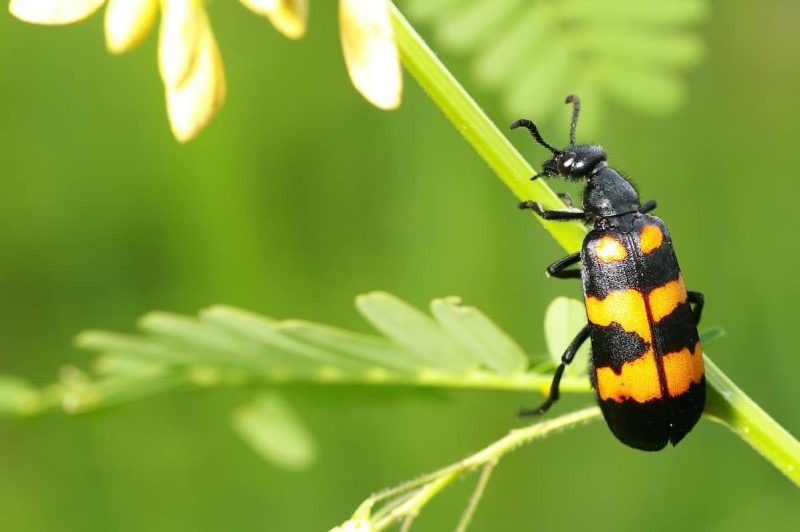
Blister Beetles are toxic insects found across Tennessee, often in fields, gardens, and meadows. They are slender, soft-bodied beetles with long legs and antennae, and their colors range from dull gray to bright orange or striped patterns. While they do not bite or sting, they are dangerous due to their chemical defense.
These beetles secrete cantharidin, a blistering agent that causes painful skin burns, blisters, and irritation upon contact. If accidentally crushed against the skin, the chemical can penetrate and cause severe inflammation. Cantharidin is also highly toxic if ingested, posing a risk to both humans and animals.
Livestock, especially horses, are at greatest risk because blister beetles often contaminate alfalfa hay. Even a small number of beetles can release enough toxin to cause ulcers, kidney failure, or death in animals. In humans, accidental ingestion can result in nausea, abdominal pain, and urinary complications.
Avoiding contact with these beetles is crucial. Gardeners should wear gloves when handling plants and avoid crushing beetles with bare hands. Farmers must carefully inspect hay crops to ensure they are free of blister beetle infestations.
Eastern Cicada Killer Wasp (Sphecius speciosus)
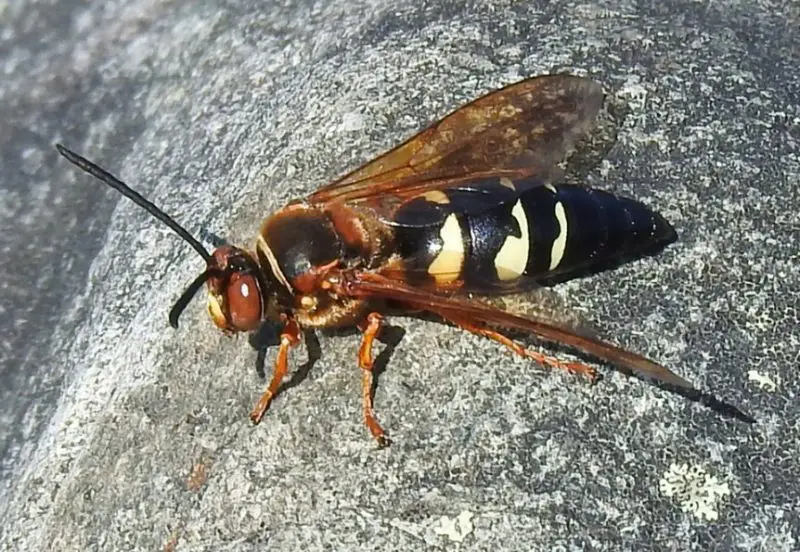
The Eastern Cicada Killer Wasp is a large, solitary wasp species in Tennessee, often mistaken for a hornet due to its intimidating size. Females dig burrows in sandy soils and hunt cicadas to feed their larvae. Despite their frightening appearance, they are not typically aggressive toward humans.
Their sting contains venom used to paralyze cicadas, not to defend against large animals. While the venom is not highly toxic to humans, the sting can still cause sharp pain, swelling, and redness at the site. Allergic individuals may experience stronger reactions, including difficulty breathing and systemic symptoms.
Cicada Killers rarely sting unless provoked or handled. However, their burrowing activity can be problematic in lawns, gardens, or near sidewalks, where they create large dirt mounds. Their sheer size and buzzing flight often cause fear, even though they pose little threat compared to hornets or yellowjackets.
For safety, it is best to leave them undisturbed, as they play an important ecological role by controlling cicada populations. Pest control may be necessary if infestations occur near playgrounds or high-traffic areas.
Horseflies (Tabanus species)
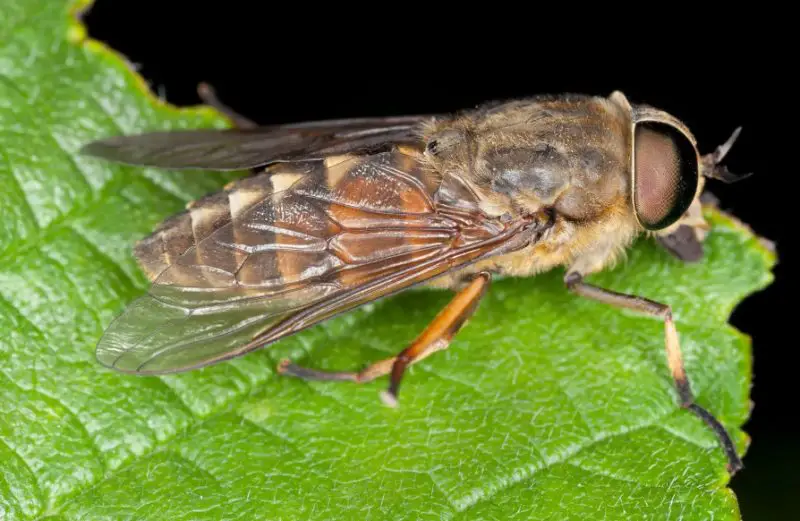
Horseflies are large, blood-feeding flies commonly found in Tennessee’s rural areas, wetlands, and fields. Females require blood meals to reproduce and are notorious for their painful bites. They target both animals and humans, often swarming livestock during warm, humid months.
Their mouthparts are designed to cut the skin and lap up blood, rather than piercing like mosquitoes. This results in painful, open wounds that bleed freely. Bites can cause significant swelling, irritation, and secondary infections if not properly cleaned.
Horseflies are also capable of transmitting pathogens, including tularemia, anthrax, and equine infectious anemia in animals. While transmission to humans is less common, their potential role as disease vectors makes them medically important. Repeated bites can also weaken livestock, reducing productivity and causing stress.
Avoidance measures include wearing protective clothing, using repellents, and limiting outdoor exposure during peak activity in summer. Since horseflies are strong fliers and difficult to repel, physical barriers such as netting are often the most effective protection.
Mosquitoes (various species, e.g., Aedes, Culex, Anopheles)
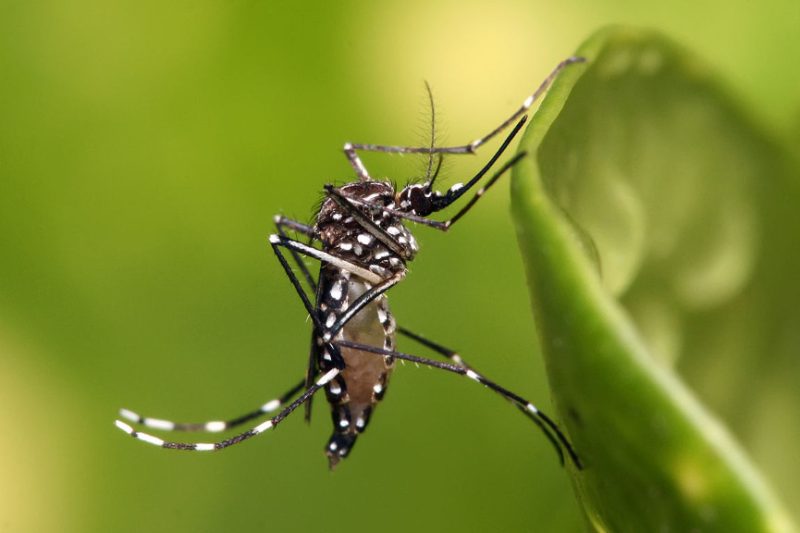
Mosquitoes are among the most dangerous insects in Tennessee due to their role as disease carriers. Several species thrive in the state’s warm, humid climate, including Aedes (known for aggressive daytime biting), Culex, and Anopheles. They breed in standing water, from ponds and marshes to small containers around homes.
Mosquitoes do not use venom, but their saliva contains anticoagulants and proteins that trigger immune reactions, leading to itching, redness, and swelling. More importantly, they transmit a wide range of diseases, including West Nile virus, Eastern equine encephalitis, La Crosse encephalitis, and dog heartworm. Globally, species like Anopheles are known vectors of malaria, though malaria is rare in Tennessee.
Infections spread by mosquitoes can cause flu-like symptoms, neurological damage, or even death in severe cases. Children, the elderly, and immunocompromised individuals are most at risk of complications. Some mosquito-borne viruses have been reported in Tennessee, raising public health concerns.
Preventive strategies include using insect repellents with DEET, wearing long clothing, eliminating standing water around homes, and installing window screens. Large-scale mosquito control programs are also used in some counties to reduce populations and prevent outbreaks.
Chiggers (Trombiculidae family)
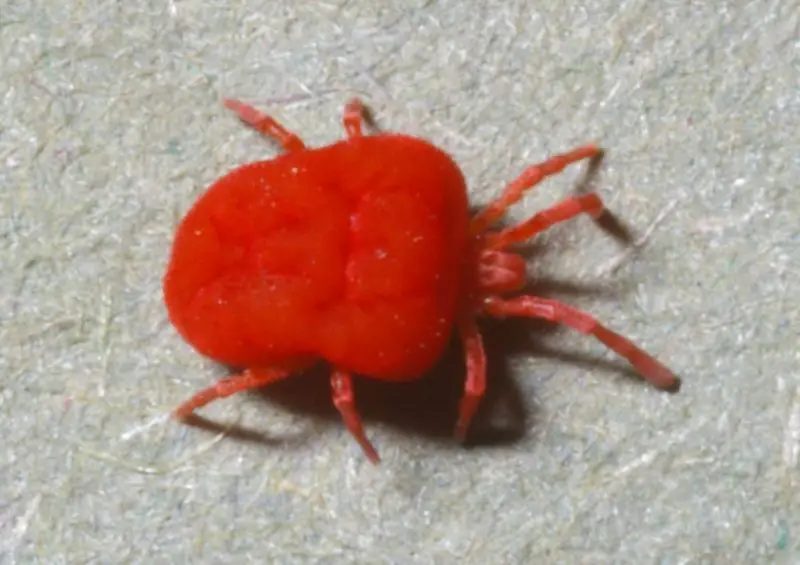
Chiggers are tiny mite larvae found in grassy fields, forests, and moist soil across Tennessee. Barely visible to the naked eye, they are notorious for causing extremely itchy bites. They attach to humans and animals, usually in areas where clothing is tight, such as ankles, waistlines, and armpits.
Chiggers do not burrow into the skin or suck blood. Instead, they inject digestive enzymes into the skin, breaking down tissue so they can feed on the resulting fluids. This process leaves behind intensely itchy red welts that can last for days or even weeks.
While chigger bites are not directly venomous, the irritation they cause can lead to secondary infections from scratching. Historically, chiggers in some regions have been known to transmit scrub typhus, but in Tennessee, they are primarily a nuisance pest rather than a serious disease vector.
Prevention includes wearing long clothing, using insect repellent, and showering after outdoor activities to remove chiggers before they attach for long periods. Washing clothes immediately also helps reduce infestations.
Bed Bugs (Cimex lectularius)
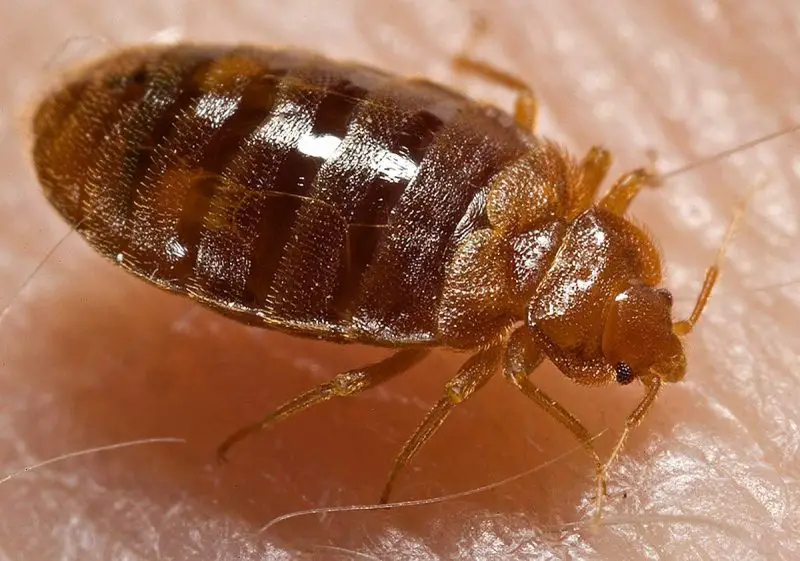
Bed Bugs are small, flat, reddish-brown insects that infest mattresses, furniture, and cracks in walls. They feed exclusively on blood, usually at night, making them a significant pest in Tennessee homes, hotels, and dormitories. Their bites are painless at first but often result in red, itchy welts in clusters or lines.
Bed Bugs are not known to transmit diseases to humans, but their saliva contains anticoagulants and anesthetics that trigger allergic reactions in some people. Repeated exposure may lead to increased sensitivity, causing more severe itching and swelling over time.
The main health risk from bed bugs is psychological stress, insomnia, and secondary skin infections due to excessive scratching. Infestations can also spread rapidly, making them difficult and expensive to eliminate once established.
Control requires a combination of professional extermination, heat treatments, vacuuming, and sealing hiding spots. Preventing infestations is best achieved by inspecting luggage, secondhand furniture, and bedding before bringing them indoors.
Stink Bugs (some species may trigger allergic reactions)
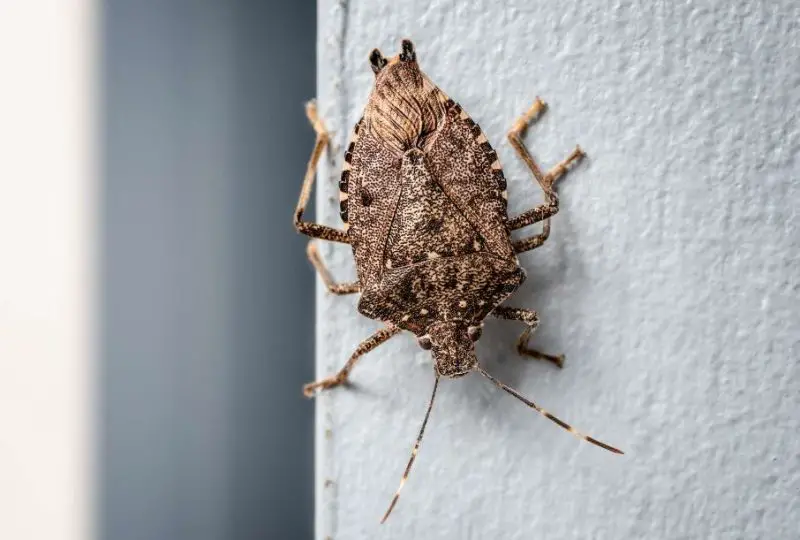
Stink Bugs, especially the invasive Brown Marmorated Stink Bug (Halyomorpha halys), are common in Tennessee. They are shield-shaped insects that release a foul odor when crushed or disturbed. While mostly a nuisance pest to agriculture and households, they can affect human health in certain cases.
Some people experience allergic reactions when exposed to stink bug secretions. Contact with the skin can cause dermatitis, rashes, and itching, while inhaling airborne particles may trigger allergic rhinitis or asthma-like symptoms. These effects are more likely in sensitive individuals or those with pre-existing respiratory conditions.
Although stink bugs do not bite or sting, their presence indoors can be overwhelming during cooler months when they invade homes seeking shelter. Their defensive secretions can also stain fabrics and irritate the eyes.
To prevent problems, sealing cracks around windows, doors, and siding is essential. Vacuuming stink bugs is a safe way to remove them indoors, but the vacuum should be emptied quickly to avoid lingering odor.
Scorpions (Striped Bark Scorpion – Centruroides vittatus)
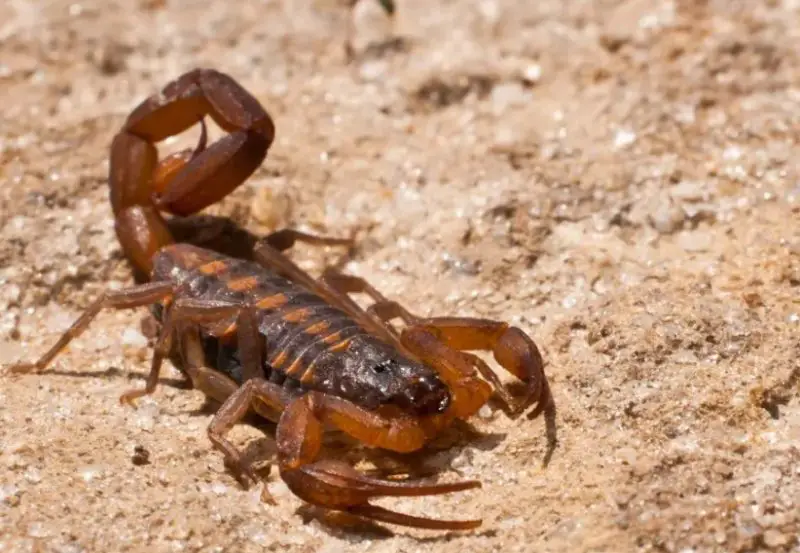
The Striped Bark Scorpion is the most common scorpion in Tennessee, recognized by its tan body with two dark stripes along its back. They typically hide under rocks, logs, and in woodpiles, but can sometimes wander indoors, especially in rural areas.
This scorpion’s sting injects venom containing neurotoxins that cause sharp, burning pain, swelling, and redness at the site. While usually not life-threatening, the sting can lead to severe symptoms in children, the elderly, or those allergic to insect venom. Reactions may include difficulty breathing, muscle spasms, and nausea.
Fatalities from Striped Bark Scorpion stings are extremely rare in the United States, but medical attention is recommended if systemic symptoms develop. Pain from the sting can last for hours, and secondary infections may occur if the wound is not properly cared for.
Precautions include wearing gloves when handling firewood or debris, sealing entry points in homes, and keeping bedding off the floor in rural areas. Professional pest control may be necessary if scorpions are regularly seen indoors.
Velvet Ants / Cow Killers (Dasymutilla occidentalis)
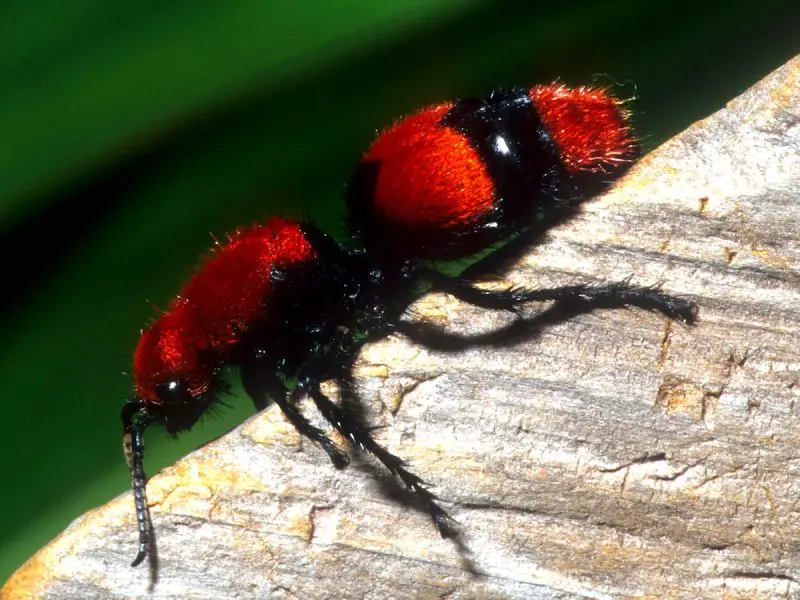
The Velvet Ant, often called the Cow Killer, is actually a type of wingless wasp found in Tennessee. Covered in dense red and black hairs, they are striking in appearance but should not be handled. Females lack wings and roam the ground, while males have wings but cannot sting.
The sting of the Velvet Ant is one of the most painful among North American insects, earning it the “cow killer” nickname. Although not fatal, the sting delivers intense, burning pain that can last for hours. Their venom contains toxins that irritate nerves and tissue, causing swelling and redness.
Velvet Ants do not pose a risk of disease transmission, but their sting can cause allergic reactions in sensitive individuals. Because they are solitary and not aggressive, stings typically occur when one is accidentally stepped on or picked up.
Avoiding them is the best strategy, as they play an ecological role by parasitizing ground-nesting bees and wasps. Protective footwear outdoors reduces the risk of accidental encounters. Unlike social wasps, they do not swarm, making them less dangerous overall but still very painful.
FAQs About Dangerous Bugs in Tennessee
What is the most dangerous bug in Tennessee?
The Brown Recluse Spider and the Black Widow Spider are considered the most dangerous due to their venomous bites. Brown Recluse bites can cause tissue necrosis, while Black Widow bites lead to severe neurological symptoms. Both require medical attention if bitten.
Do ticks in Tennessee carry diseases?
Yes, ticks in Tennessee can transmit several dangerous illnesses. The Deer Tick spreads Lyme disease, the Lone Star Tick is linked to ehrlichiosis and red meat allergy, and the American Dog Tick is a known carrier of Rocky Mountain spotted fever.
Can fire ants in Tennessee kill humans or pets?
Red Imported Fire Ants are extremely aggressive and can sting in large numbers. Their venom can trigger life-threatening allergic reactions and, in rare cases, cause death. Pets, children, and the elderly are most at risk.
Are mosquitoes in Tennessee a health risk?
Yes, mosquitoes transmit diseases such as West Nile virus, La Crosse encephalitis, and Eastern equine encephalitis. They also spread heartworm to dogs. Preventive measures include repellents, protective clothing, and eliminating standing water.
How painful is a Velvet Ant sting?
The Velvet Ant, also known as the “Cow Killer,” delivers one of the most painful stings in North America. While not fatal, the sting causes intense burning pain that can last for hours and may trigger allergic reactions in sensitive individuals.
Do scorpions live in Tennessee homes?
The Striped Bark Scorpion is occasionally found in Tennessee homes, especially in rural areas. While its sting is painful, it is not usually fatal. Sealing entry points and keeping bedding off the floor can help prevent indoor encounters.

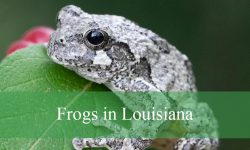


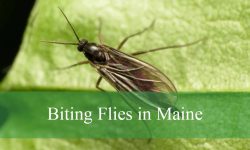
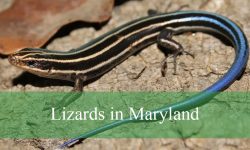

What insect can bite you in a random cluster without you feeling it until later, when the bite becomes very itchy.
Thank you!
It was very informative.